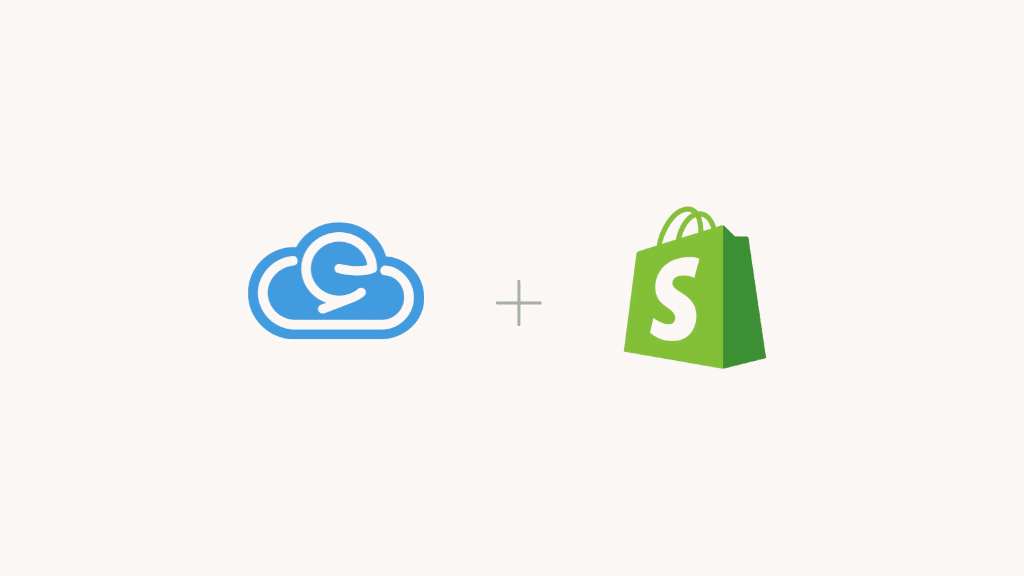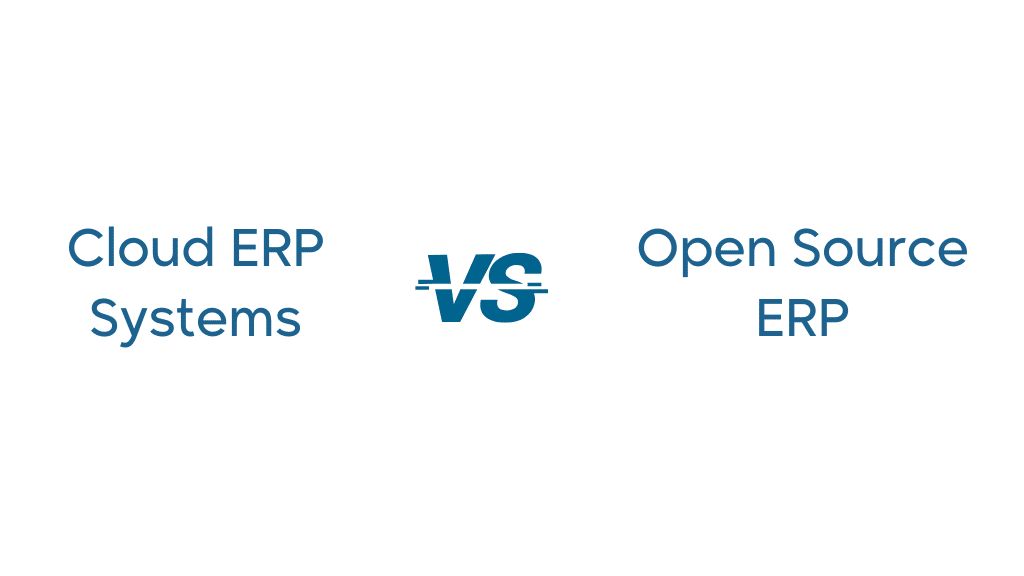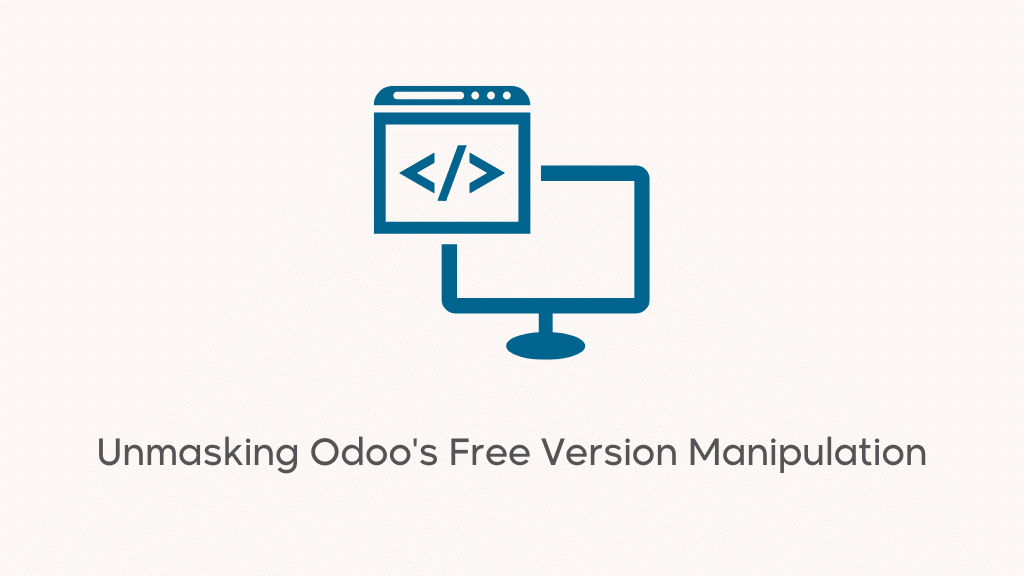ERP Illusions: Are You Choosing a System or Buying a Brand?
5 Reading minutes
When exploring the best ERP systems for your company, famous brands like SAP and Oracle often dominate the conversation. However, popularity doesn’t guarantee suitability for your unique business requirements.
Just like the most famous medicine isn’t always the right cure for every patient, the most popular ERP software isn’t necessarily the perfect fit for every company.
True value comes from how well a system addresses your company’s distinct challenges—not from brand recognition or price tag. Before committing, consider whether less prominent but more tailored alternatives might actually represent the best ERP systems for your particular business situation.
The Appeal of Big Names (Like: SAP & Oracle) in ERP Selection
Despite the fact that every business has its own unique needs, many company owners tend to gravitate toward the most well-known solutions on the market—especially global names like SAP and Oracle—when searching for the best ERP systems.
However, these choices aren’t always based on a deep analysis of actual business requirements. In many cases, other factors play a major role in the decision-making process.
The Brand Recognition and Its Psychological Impact
The reputation of major ERP providers isn’t solely built on functionality—it’s crafted through extensive global marketing and high-profile client showcases.
This creates a powerful psychological effect where businesses assume these must be the best ERP systems simply because of their widespread adoption. Many companies select these solutions not based on operational fit but on the flawed logic that “what works for industry giants will work for us”.
Some organizations choose renowned best ERP systems purely to enhance their market image, similar to purchasing luxury cars for status. However, unlike vehicles that can be resold, implementing an ill-fitting ERP system creates deep organizational entanglements.
The consequences of selecting the wrong system extend beyond financial impact—they create technical complications and operational disruptions that often prove difficult to reverse.
While searching for the best ERP systems, businesses must recognize that prestige and popularity don’t guarantee alignment with their specific business requirements.
Finding Value in the Right Features, Not the Most
Major ERP providers like SAP and Oracle offer impressive feature catalogs that position them as the best ERP systems on the market. However, these abundant capabilities often come with significant implementation costs while potentially missing your specific business needs.
You might end up paying premium prices for unused features that don’t solve your actual challenges. Meanwhile, your team struggles with extended implementation timeframes and complex training requirements.
When evaluating the best ERP systems, the critical factor isn’t feature quantity but how precisely those features address your unique business requirements.
The Customization Dilemma: When Promises Don’t Match Reality
The “fully customizable” promise of leading best ERP systems is enticing but often misleading. While technically possible, customization requires specialized expertise and deep understanding of your business operations—not just ERP knowledge.
Consider an import company that needed a system to distribute shipping and customs costs across items. The implemented solution allowed for automatic allocation by weight or equal distribution, but when procurement staff needed to adjust costs for individual items during purchase entry, the rigid customization couldn’t accommodate these real-world variables.
This exemplifies a common problem: technically functional customizations that fail to align with operational realities. Even the best ERP systems can disappoint when customizations aren’t rooted in how your business actually operates.
The gap between sales promises and implementation reality remains one of the biggest challenges when deploying enterprise software.
Learn More About: The Hidden Challenges of Building a Custom Software Solution.
The Risk of Failure and Re-Implementation
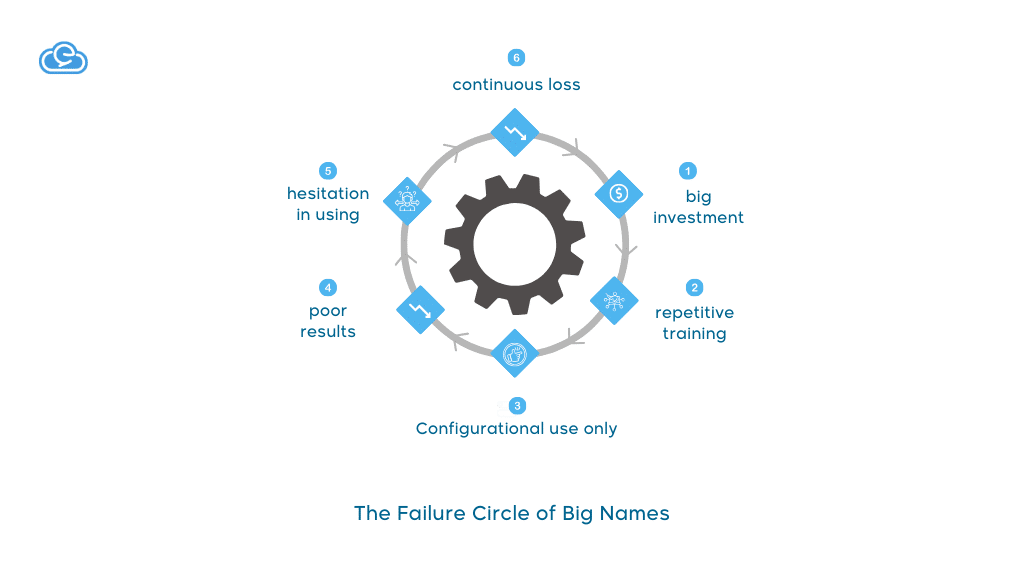
Even after investing heavily in what’s marketed as one of the best ERP systems, many companies face implementation failure. This doesn’t mean the system crashes—it means it fails to deliver meaningful business value.
Often, these expensive systems devolve into glorified digital logbooks—used for basic data entry without genuine integration into sales, purchasing, or inventory processes. Companies then face a painful dilemma: continue pouring resources into fixing the implementation or start over completely.
This situation creates a sunk-cost trap where decision-makers, having already invested substantially, become reluctant to abandon the system. More resources are committed not because of promising results, but in desperate attempts to recover previous investments—creating a dangerous cycle of escalating losses.
Years pass, teams undergo multiple training rounds, and processes are continually revised, yet tangible benefits remain elusive. Like a vehicle sinking deeper in sand with each attempt to accelerate, the organization becomes increasingly entrenched in failure.
Even the best ERP systems cannot succeed when there’s a fundamental mismatch between the system’s capabilities and proper implementation methodology. Selecting the right system—and implementing it correctly—is ultimately what determines success.
How to Choose the Best ERP System for Your Business?
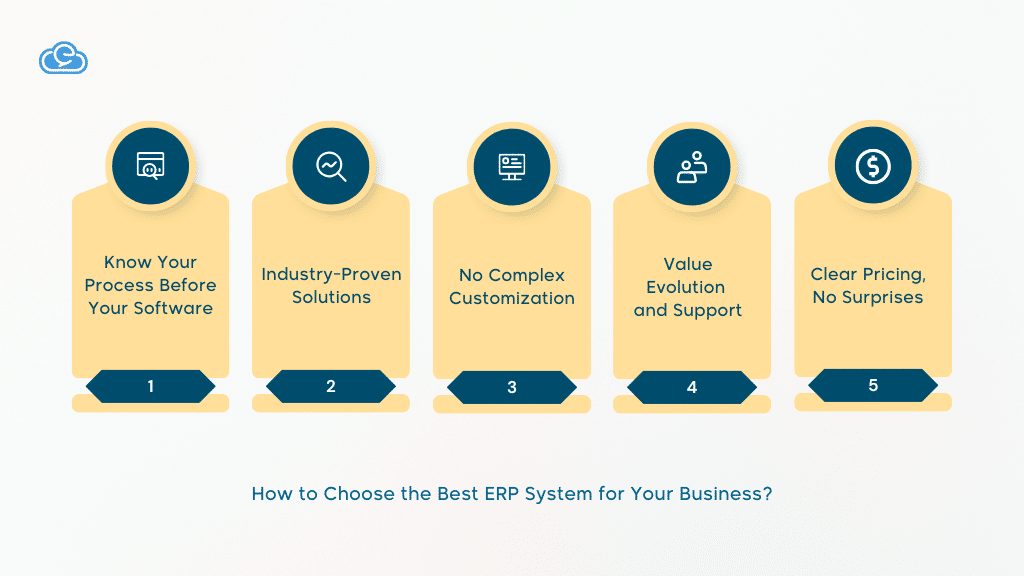
Choosing an ERP system shouldn’t mean compromising on your needs—and it certainly shouldn’t be based solely on the system’s name or how popular it is.
The best ERP systems are the ones that deliver real, measurable results and support your day-to-day operations with flexibility and efficiency.
With so many options on the market, making the right choice starts with a clear understanding of what your business truly needs—and then looking for a solution that meets the following criteria:
Know Your Process Before Your Software
Before exploring ERP options, clearly define your core business processes. This clarity helps you identify systems that address your specific needs without unnecessary complexity.
The best ERP systems offer straightforward implementation paths and practical training programs that enable your team to utilize the system immediately without operational disruption.
Choose Industry-Proven Solutions
Select an ERP with demonstrated success in your industry or similar business environments. This track record indicates the system’s relevance to your specific challenges.
The best ERP systems for your business have already solved problems similar to yours, increasing implementation confidence.
Ensure the user interface and workflow match your team’s operational style—this determines whether the system becomes a productivity tool or an everyday obstacle.
Value Evolution and Support
Prioritize systems that evolve automatically and continuously. The best ERP systems provide regular updates that keep your software current without additional costs or service interruptions.
Quality customer support should be readily accessible, responsive, and included in your service agreement—not hidden behind complicated terms or additional fees.
Clear Pricing—No Surprises
Transparent pricing represents a crucial element when evaluating ERP solutions. The best ERP systems offer straightforward, predictable costs from the beginning—eliminating lengthy negotiations and unexpected fees for future modifications.
Whether through subscription models or annual plans, pricing clarity allows for confident budgeting and financial planning.
This transparency is particularly valuable among the best ERP systems designed for small and medium businesses. Even more critical is the flexibility to exit without incurring massive operational costs or becoming trapped in rigid systems.
A truly strategic ERP decision includes the freedom to change direction when necessary—making exit flexibility as important as implementation capabilities.
The best ERP systems combine clear pricing structures with the ability to gracefully disengage if the solution doesn’t meet expectations, protecting both your financial investment and operational stability.
Read more about: Unmasking the Unseen: Navigating the Hidden Costs of ERP Systems.
Conclusion
In the world of business management, many company owners believe that choosing a well-known ERP system guarantees success. But the truth is a bit more nuanced.
Even the best ERP systems aren’t always the right fit for every business. If the system doesn’t align with your operations, it can quickly shift from being a support tool to becoming a burden—slowing your company’s progress instead of driving it forward.
Success doesn’t come from the brand name—it comes from choosing the system that truly fits your business.
Related articles
More Than 10 Benefits of Edara Shopify Integration
In the business landscape, entrepreneurs often turn to e-commerce platforms for a solid market presence. Shopify, a widely accepted choice among merchants, stands out in this regard. However, success lies…
Unmasking the Unseen: Navigating the Hidden Costs of ERP Systems
Understanding the hidden costs of ERP is pivotal to making informed decisions about your organization's technology infrastructure. Traditional on-premises ERP systems often come with a multitude of concealed expenses that…
Beware of Partner Manipulation in Odoo’s Free Version
Imagine a business excited to implement an ERP system to improve its operations. They are promised a complete solution but later discover they’ve been given the free version of Odoo.…
